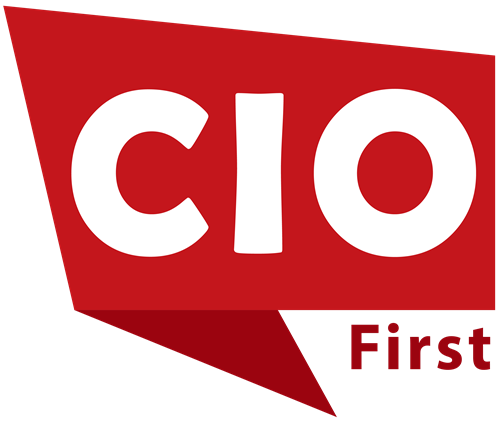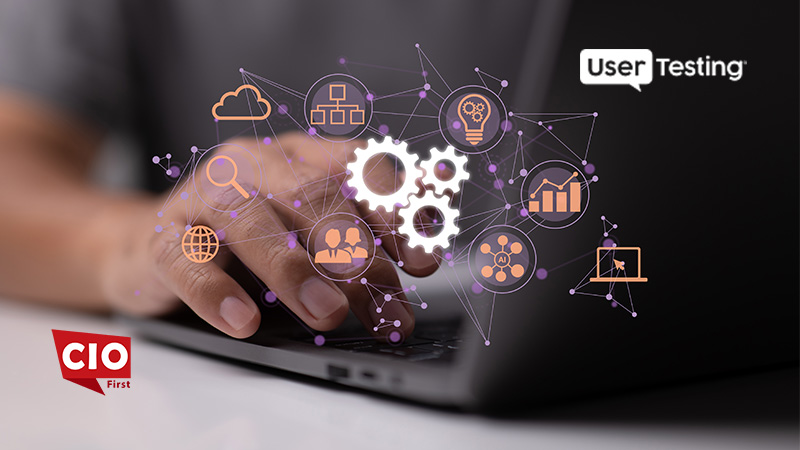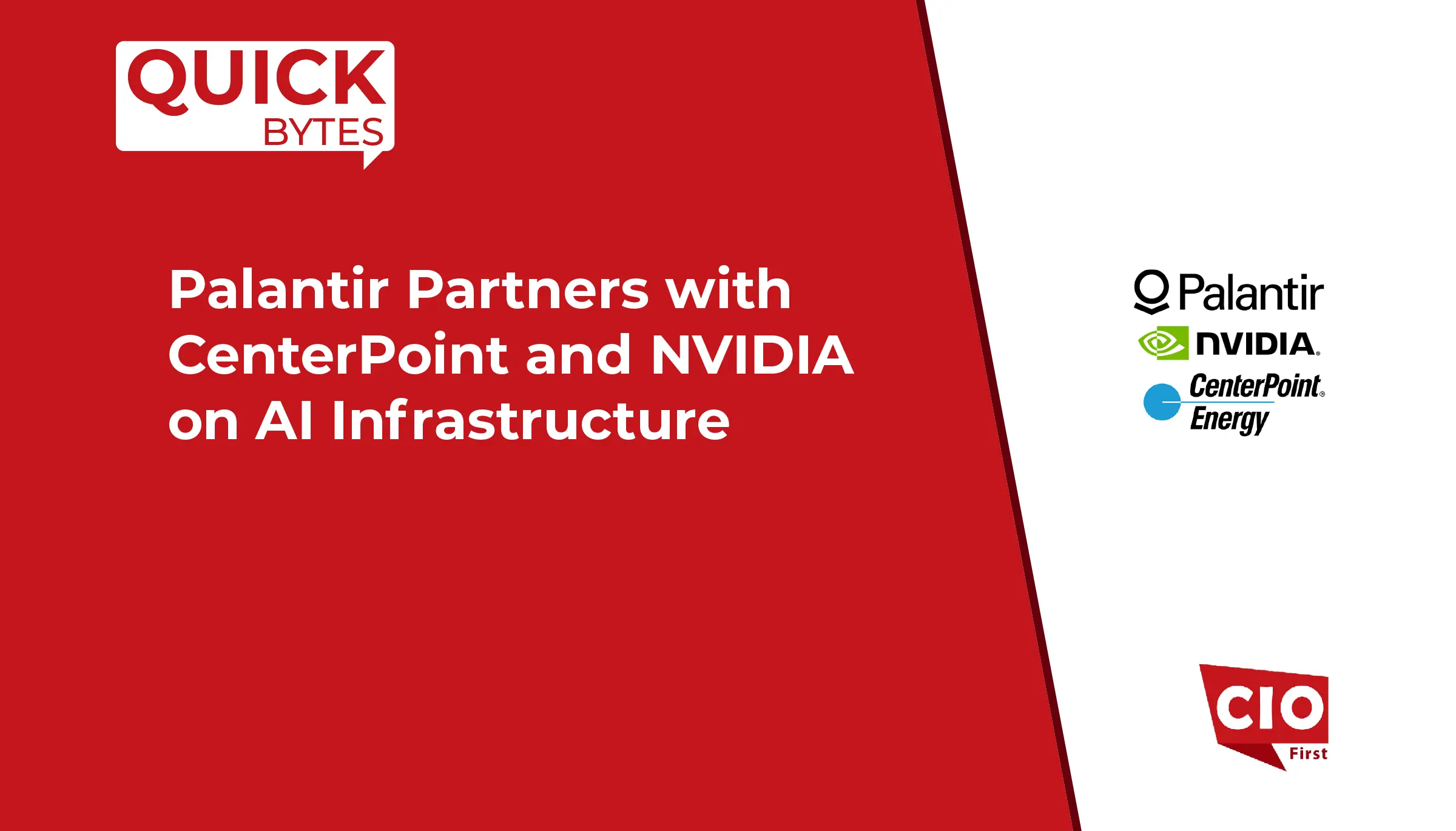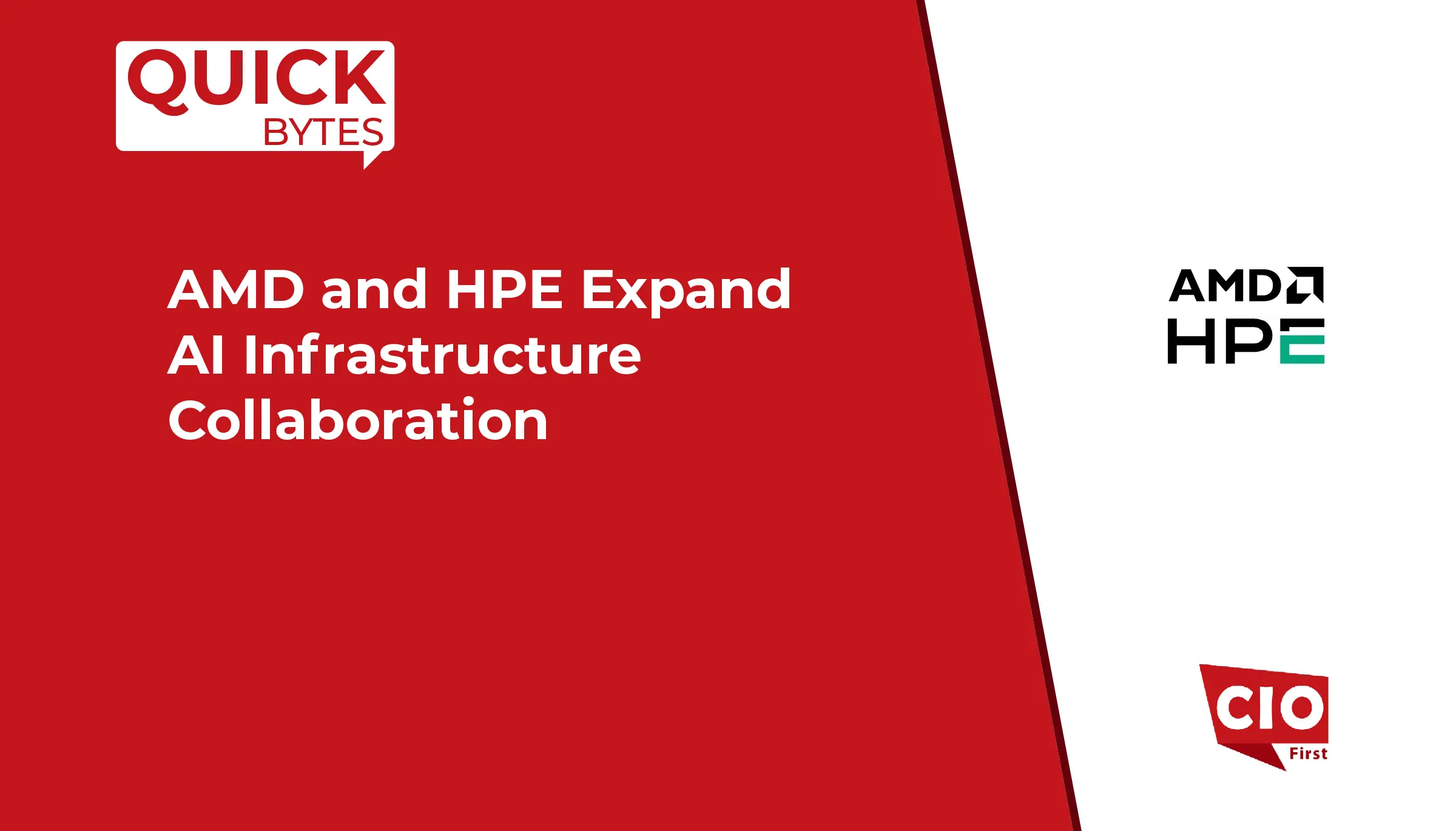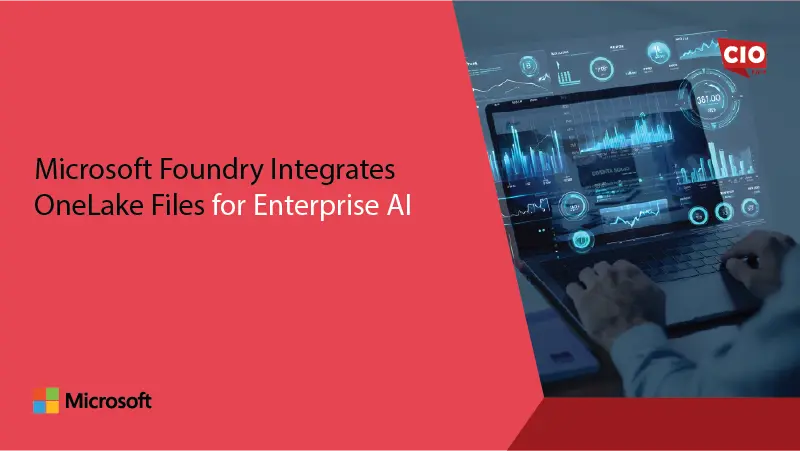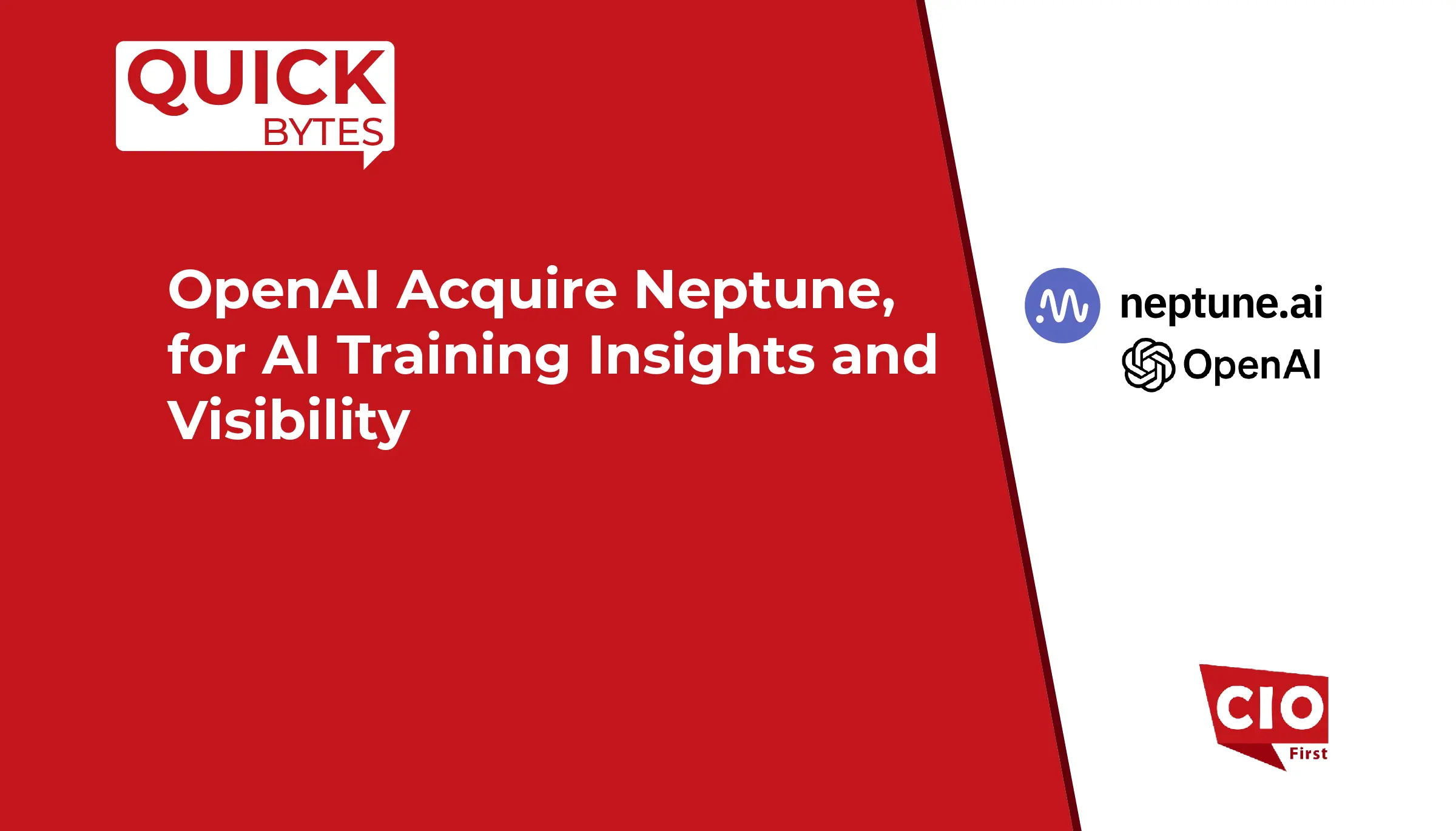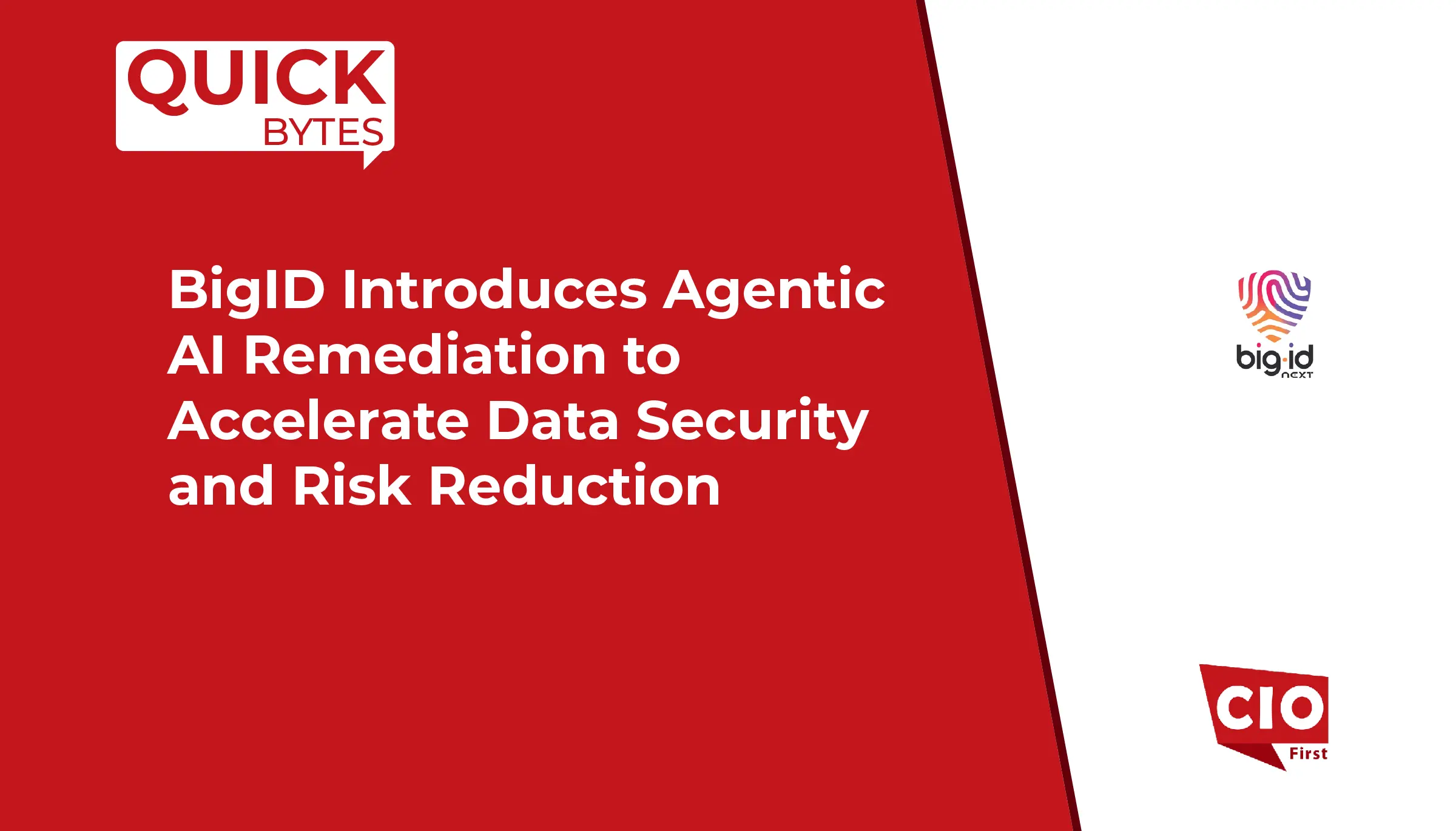In today’s business environment, unpredictability has become routine. Shifts in market demand, technology failure, workforce transitions, supply chain instability, and evolving customer expectations can all happen without warning. For many organizations, the question is not if disruption will occur, but when and how quickly they can respond when it does.
This is why cloud migration has moved from a technology initiative to a core business strategy. It is no longer just about reducing IT costs or modernizing infrastructure. It is about creating the flexibility and resilience that organizations need to operate through disruption and recover with speed.
Cloud migration enables businesses to reconfigure systems, shift workloads, and scale capabilities with less friction. It opens up infrastructure that is not tied to physical assets or fixed capacity. Instead of relying on legacy systems that can become points of failure, organizations gain access to infrastructure that adapts as conditions change.
This shift redefines how businesses manage uncertainty. Cloud platforms offer not only computing power, but the ability to run critical functions in a distributed, redundant, and dynamic way. They remove the dependency on single environments and allow operations to continue even when parts of the system experience stress or failure.
The Limits of Traditional Infrastructure
Traditional on-premises infrastructure was designed for consistency. It delivered reliability through control and stability through ownership. For many years, this approach made sense. Systems were predictable. Workloads were relatively stable. Risks were easier to isolate.
But that model also created limitations. Capacity planning was rigid. Scaling required capital investment and physical deployment. Maintenance was manual. And when failures occurred, recovery time was often long and uncertain.
More importantly, traditional infrastructure does not respond well to change. When market conditions shift or internal priorities evolve, legacy systems can act as barriers rather than enablers. Their design is based on permanence. But today, businesses need systems that are flexible by design.
Cloud platforms shift that paradigm. They offer infrastructure that is elastic, service-oriented, and built for change. That elasticity allows organizations to add resources on demand or scale down when needed. It also allows for system-wide reconfiguration without physical intervention.
Reducing Recovery Time and Expanding Continuity
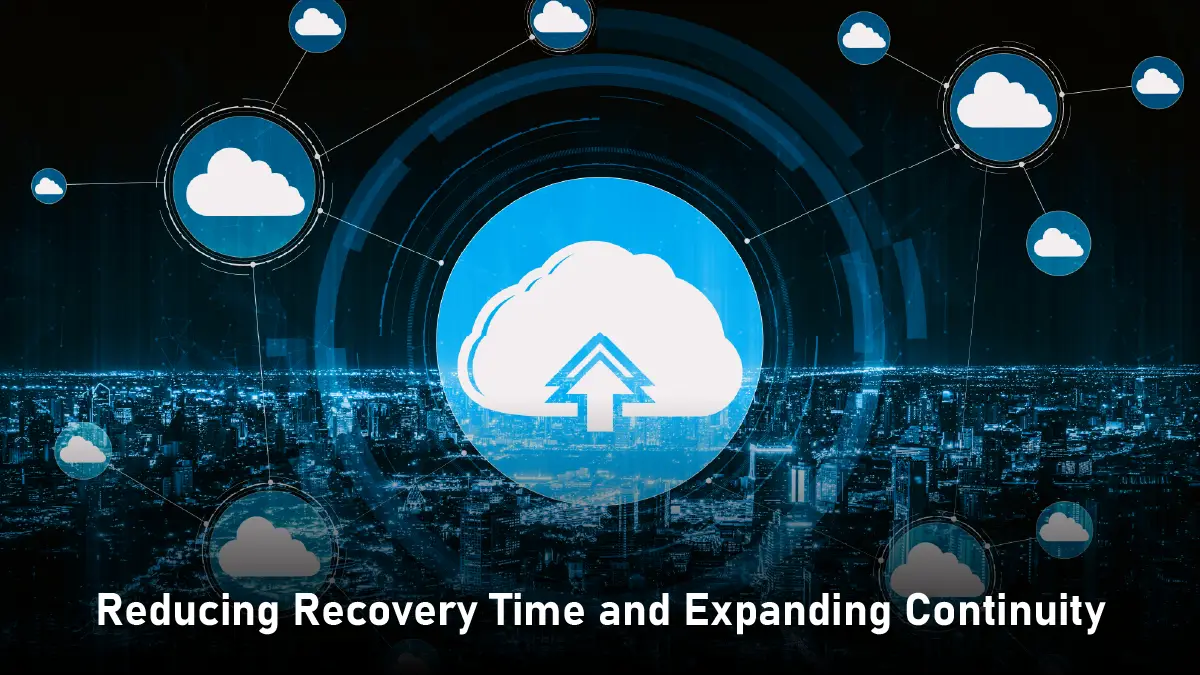
When disruptions occur, time becomes a critical factor. Recovery speed often defines whether the impact is manageable or damaging. Cloud environments support faster recovery by design. They eliminate dependencies on fixed hardware, support automation for backup and restore, and allow for failover across regions.
This kind of resilience is built into cloud architectures. Systems can be designed to replicate data across environments, isolate failure domains, and redirect traffic without impacting end users. These patterns support continuity not just during disasters, but during maintenance, updates, and scaling events.
This continuity has a ripple effect across the business. Teams can keep working. Customers can continue transacting. Supply chains can stay informed. Even if one system component fails, the overall service remains available. That kind of resilience changes how businesses experience disruption. It is being institutionalized across industries and governments. Public sector agencies, often burdened with lengthy compliance cycles, are also moving faster. In the U.S., the General Services Administration (GSA) introduced FedRAMP 20x in March 2025. This updated framework streamlines cloud service authorization by automating key steps. Approval times that once took months now happen in weeks, helping agencies adopt secure, compliant cloud systems quickly enough to keep up with disruption.
It also reduces the pressure on internal teams. Instead of scrambling to repair outages, teams can focus on orchestrating recovery with confidence. They can shift resources instead of rebuilding them. They can monitor systems in real time and respond proactively to stress signals.
The result is not just faster recovery. It is more control over how the organization navigates disruption. It is the difference between reacting to a crisis and managing through it.
Enabling Remote Work and Distributed Operations
Another aspect of future-proofing is operational mobility. Businesses need to operate from anywhere, support distributed teams, and serve customers across locations without interruption. Cloud platforms enable that mobility by decoupling systems from specific locations or devices.
Applications hosted in the cloud can be accessed from anywhere with the right credentials and security. That means employees can continue working even when physical offices are unavailable. It also means business processes can continue even if regional disruptions occur.
This mobility also supports operational decentralization. Businesses can shift workloads to different regions, balance demand across time zones, and build systems that operate in parallel. Instead of concentrating risk in one location, they spread capability across the infrastructure.
This geographic flexibility does more than enable continuity. It empowers growth in new markets, collaboration across teams, and integration with global partners. It also reduces the risks tied to specific facilities or dependencies.
Cloud migration does more than enable remote work. It also fuels innovation across industries. In March 2025, Google Cloud launched the AI Agent Development Kit and Cloud-Wide Area Network, tools that help businesses build smart applications and keep operations connected across regions. Around the same time, Synology introduced C2 Surveillance, a cloud-based video system that simplifies setup and scales easily. These launches show how cloud services are powering new solutions and driving business agility.
Also Read: How CIOs Are Leveraging Quantum Applications for Competitive Advantage
Adapting to Market Volatility with Speed
Disruption is not always caused by failure. Sometimes, it comes from rapid change in demand, new competition, or shifting customer behavior. When this happens, the ability to respond quickly becomes a differentiator.
Cloud environments support speed in a way traditional infrastructure cannot. New applications can be deployed in hours, not weeks. Resources can be added with clicks, not procurement cycles. Environments can be cloned, tested, and scaled with less operational drag.
This responsiveness is not just technical. It affects how business teams operate. Product teams can release updates more frequently. Marketing teams can run campaigns that respond to current events. Finance teams can model scenarios using real-time inputs from operational systems.
That kind of speed turns disruption into opportunity. Instead of being slowed down by changing conditions, businesses move with them. Instead of being reactive, they become adaptive.
This adaptability becomes especially important in competitive markets. The ability to pivot strategy, test new models, or launch new services without technical delay allows businesses to maintain momentum when others are adjusting.
Supporting Innovation Without Infrastructure Barriers
Disruption is not always negative. It can also take the form of innovation. New products, new markets, and new business models introduce positive change, but they require the same level of support as crisis response. Without flexible infrastructure, even good disruption can become difficult to manage.
Cloud platforms remove many of the barriers that traditionally slow down innovation. Teams no longer need to wait for hardware procurement, system provisioning, or network setup. They can spin up resources instantly, test ideas without long lead times, and scale successful prototypes into full services with fewer dependencies.
This support extends beyond development. Cloud ecosystems offer access to modern tools, integrated services, and ready-to-deploy components that accelerate the pace of change. This means businesses do not need to build every solution from scratch. They can assemble from what already exists, configure based on their needs, and launch with confidence.
This environment encourages experimentation. Teams can take more calculated risks, knowing they are not investing months into infrastructure that may never reach production. This ability to experiment without delay creates a more dynamic culture, where change becomes a part of the process, not a disruption to it.
Cloud migration does not just support innovation. It enables a more fluid approach to growth. One where ideas move faster from concept to customer, and where infrastructure keeps up with ambition.
Aligning IT With Business Strategy
One of the side effects of traditional infrastructure was the disconnect it created between IT and the rest of the business. Long development cycles, fixed capacity, and inflexible systems made it difficult for IT teams to support fast-changing business needs. Strategy moved faster than systems could follow.
Cloud migration helps resolve that gap. It gives IT teams the tools to respond in business time, not system time. It aligns technology capability with strategic goals, allowing CIOs and IT leaders to shift from system managers to transformation enablers.
This alignment changes the relationship between departments. IT is no longer seen as a constraint. It becomes a partner in strategy, capable of delivering what teams need, when they need it. Whether that means supporting a new product launch, onboarding a remote workforce, or responding to an unplanned market shift, IT can act without friction.
This new posture also enhances collaboration. When infrastructure is cloud-based, departments can work with shared tools, access shared data, and participate in shared processes. This reduces silos and speeds up decision-making. It creates a stronger connection between what the business wants to do and what technology enables it to achieve.
Building a Long-Term Foundation for Resilience
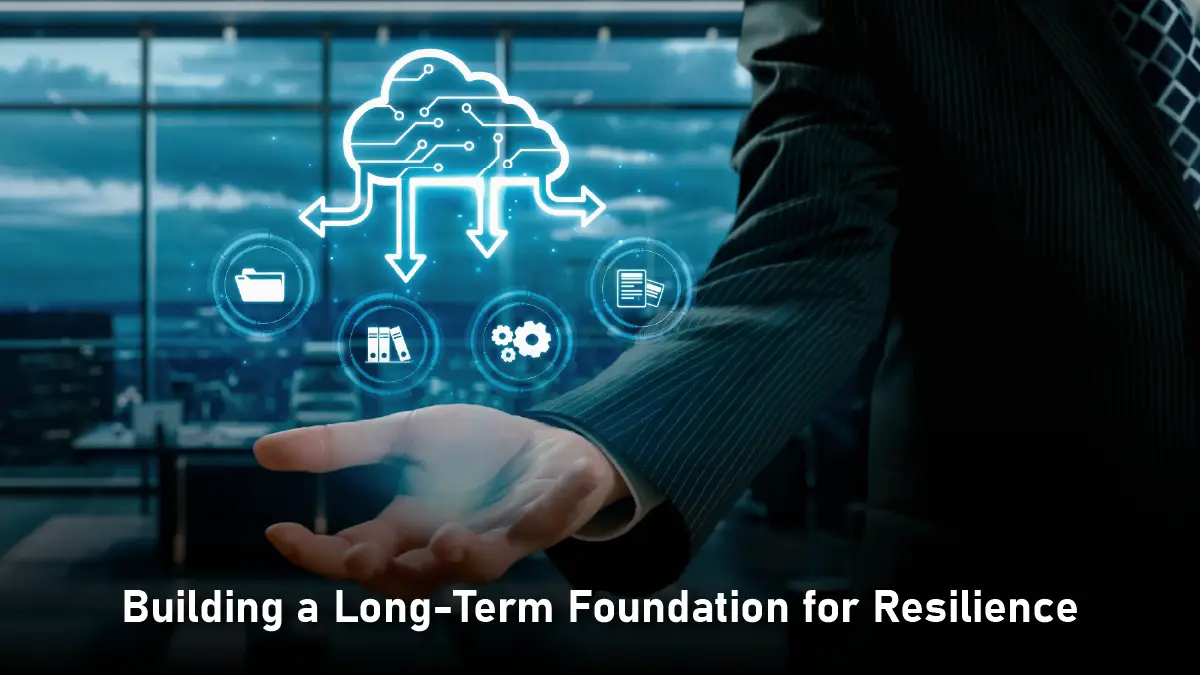
Future-proofing is not about predicting every possible disruption. It is about building systems that can adapt when those disruptions arrive. That requires a foundation that supports flexibility, scalability, and durability.
Cloud infrastructure provides that foundation. It is designed to absorb stress, adapt to demand, and recover from failure. It supports automation, redundancy, and continuous improvement. These capabilities allow businesses to remain focused on outcomes, even as circumstances change.
The resilience offered by the cloud extends across operations. It protects customer experience during service interruptions. It protects revenue during market fluctuations. It protects employees by enabling remote work and system access from anywhere. It protects data through secure storage, backup, and monitoring practices.
This level of protection becomes part of the organization’s reputation. Customers trust businesses that remain stable in uncertain times. Partners rely on organizations that deliver reliably. Employees are more engaged when systems support their work without friction.
Future-proofing is not about avoiding disruption. It is about reducing its cost and impact. It is about ensuring that no single point of failure can halt progress. Cloud systems help deliver that assurance.
Planning for the Transition
While the benefits of cloud migration are clear, the path requires planning. Not all systems move at the same pace. Not all workloads are suited for the same environments. A successful migration starts with strategy, continues with prioritization, and depends on execution.
CIOs and IT leaders begin by assessing which systems create the most friction during disruption. These may be legacy applications, physical data centers, or isolated tools that do not scale. From there, they determine what needs to move, in what order, and with what dependencies.
The migration plan includes architecture redesign, data transfer, security validation, and user training. It also includes testing, monitoring, and rollback procedures to ensure continuity. Throughout the process, clear communication and stakeholder alignment remain critical.
Done right, cloud migration is not just a project. It is a transformation that changes how the business operates. It delivers short-term improvements while laying the groundwork for long-term agility.
Conclusion
The business landscape is unpredictable, but that does not mean organizations must operate without control. Cloud migration provides a path to greater flexibility, faster recovery, and stronger alignment between systems and strategy. By moving core infrastructure to the cloud, businesses gain more than technical modernization. They gain the ability to adjust quickly, recover confidently, and support growth without hesitation.
In a world defined by change, that ability is what separates companies that react from those that lead. Cloud migration makes that leadership possible, not by avoiding disruption, but by building systems that move through it with strength.
